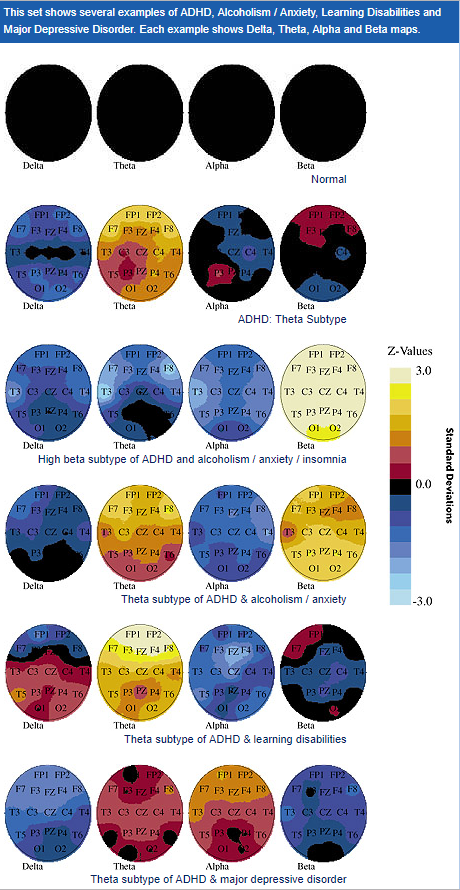Utilizing the Potential of Bio-Feedback to Transform Persistent Discomfort Management and Improve Quality of Life
Utilizing the Potential of Bio-Feedback to Transform Persistent Discomfort Management and Improve Quality of Life
Blog Article
Chronic discomfort is a syndrome that affects countless of people around the world. It can be triggered by various factors, including traumas, illnesses, or even stress. For many patients, managing chronic pain can be a constant challenge that impacts their quality of life. Conventional treatments often include medications, physical therapy, and occasionally surgery. However, these methods do not always provide the alleviation that patients desire. Lately, biofeedback has surfaced as a promising option for controlling chronic pain and improving overall well-being.
Biofeedback is a method that educates individuals how to manage certain bodily processes by utilizing signals from their own physiology. This method involves employing sensors that monitor physiological responses such as heart rate, muscle tension, and skin temperature. By providing real-time feedback, individuals can learn to identify their body's responses to pain and stress. This awareness allows them to formulate strategies to manage their pain more efficiently. For instance, if a patient notices that their muscle tension increases when they are in pain, they can practice relaxation strategies to help reduce that tension.
One of the primary benefits of biofeedback is that it empowers patients to take an active role in their pain management. Instead of this post relying solely on medications or treatments from medical providers, patients can gain to comprehend and regulate their own physiology. This feeling of control can lead to enhanced confidence and a more optimistic outlook on life. Many individuals indicate feeling more in control of their pain and less like sufferers of their syndrome. This change in perspective can substantially improve their standard of life.
Research has shown that biofeedback can be beneficial in alleviating chronic pain indicators. Research suggest that patients who employ biofeedback methods often undergo less pain and better physical ability. Additionally, biofeedback can help lessen anxiety and stress, which are frequent issues for those living with chronic pain. By addressing both the physical and emotional aspects of pain, biofeedback offers a holistic approach to pain management. This comprehensive method can lead to better outcomes for patients, allowing them to participate more completely in their routine activities.
In summary, biofeedback is a valuable tool for transforming chronic pain management. By teaching individuals to understand and regulate their physiological reactions, biofeedback enables individuals to take charge of their pain. This method not only helps reduce pain but also improves overall standard of life. As more people look for options to conventional pain control methods, biofeedback stands out as a promising option. With continued research and recognition, biofeedback could turn into an integral part of chronic pain therapy, helping patients lead healthier, more fulfilling lives.